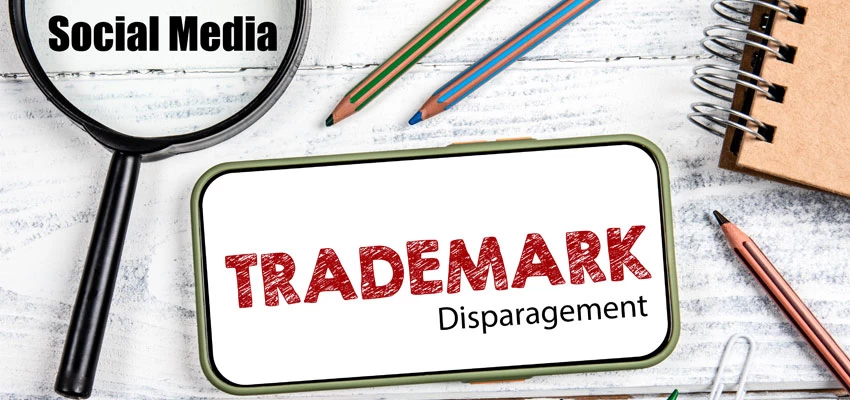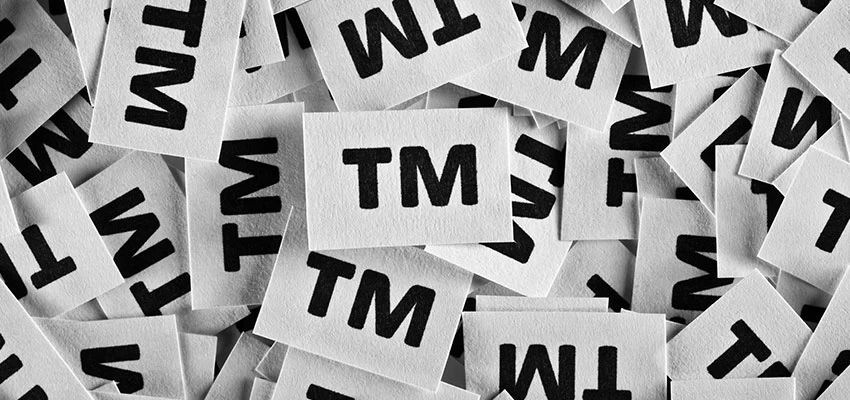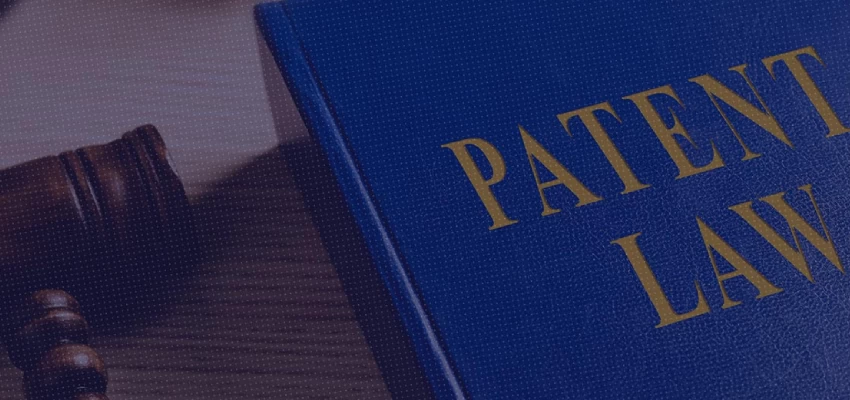Introduction
In the present case [Mandom Corp v. Fem Care Pharma Limited & Ors.[1]], the Intellectual Property Appellate Board (“IPAB”) examined one aspect of the often ambiguous issue in trademark law of prior use versus prior registration. It also clarified certain procedural law principles like res judicata, locus standi, and burden of proof.
Facts and issues
The IPAB combined two applications (as highlighted in the table below) to pass a single order owing to the overlap of issues and similarity of facts. For purposes of continuity and easier comprehension, Mandom Corporation will be referred to as the “Applicant”, Fem Care Pharma Ltd. as “Respondent-I”, and Dabur India Limited as “Respondent-II”.
The Applicant is a Japanese manufacturer and distributor of hair care, skin care, perfumes and deodorants. It has been continuously using the mark, GATSBY in connection with its class 03 goods since 1978 in Japan. GATSBY is a trademarked brand in several countries including Japan, Singapore, the United States, and France; in India, the Applicant successfully trademarked GATSBY in 2006, registered under No. 830235, after having applied in 1998.
Respondent-II is an Indian consumer goods company, and the parent company of Respondent-I pursuant to a merger in 2010. In 1994, Respondent-I applied for trademark registration of the impugned mark, GATSBY, under classes 03 and 05 (registered under No.635739 and No. 635744, respectively), which was granted in 2003. Since, at the time of filing this suit, the application for transfer of proprietorship was still pending, both respondents were parties to the suit.
Case timeline:
| August 4, 2005 |
Applicant filed a rectification application for the removal of Respondent-I’s trademark from the trademark register. |
| April 5, 2013 |
IPAB refused and dismissed the application on grounds of it being premature. As per Section 47(1)(b) of the Trade Marks Act, 1999, a registered trademark may be removed if, prior to three (3) months from the date of filing a rectification application, a continuous period of five (5) years has elapsed after registration of the mark during which there has been no use of the impugned trademark. |
|
In turn, the Applicant invoked the Bombay High Court’s writ jurisdiction and filed a writ petition challenging the IPAB’s order. |
| October 3, 2013 |
Applicant filed a second rectification application before the IPAB |
| October 21, 2013 |
IPAB objected to the second rectification application owing to the writ petition pending at the Bombay High Court. |
| October 24, 2013 |
The Bombay High Court admitted the Applicant’s petition, but at the time of this suit, the hearing was still pending. |
| June 20, 2014 |
The Bombay High Court clarified that the pendency of the petition was not a ground for the IPAB to not hear the second rectification application filed by the Applicant. |
| November 13, 2014 |
IPAB accepted the Applicant’s second rectification application but held that it was maintainable only in respect of the ground raised under Section 47(1)(b). Applicant agreed to this subject to the final outcome of the writ petition which will determine maintainability of grounds under Sections 9, 11, 18(1) and 47(1)(a). |
| December 9, 2014 |
Respondent-II filed a suit against the Applicant alleging infringement and passing off its trademark. |
| December 15, 2014 |
Respondent-II filed a rectification application to counter the Applicant’s registered trademark. |
| June 25, 2015 |
Applicant filed a counter claim in response to Respondent-II’s trademark infringement and passing off suit. |
The Applicant’s rectification application sought for the removal of Respondent-I’s registered trademark, GATSBY, for reasons including that it was the rightful owner of the impugned mark under class 03; it had widely and continuously used the mark GATSBY in connection with its goods and had built formidable reputation and goodwill; and the impugned trademark had never been used by either Respondent-I or Respondent-II.
Respondent-II in its counter-rectification application submitted that the Applicant’s rectification application was barred by the principles of res judicata; Respondent-I, and thereafter Respondent-II, had been continuously using the impugned trademark since February 1994; and the Applicant applied for trademark registration despite the examination report indicating that its trademark was identical to a pending application, and it failed to take any action against Respondent-I.
The primary issues in this case were:
- On whom does the burden of proof lie to prove non-use of the impugned trademark?
- Would the principle of res judicata apply?
- Did the Applicant classify as an ‘aggrieved person’ and thus have locus standi?
- On what grounds could the IPAB determine the preference of prior use over prior registration?
Decision and analysis of the Court
On August 13, 2019, the Bombay High Court passed an order dismissing Respondent-II’s trademark infringement suit against the Applicant, observing that no product had been launched in the market under the trademark name, GATSBY, from the date of filing for trademark registration until the date of the suit i.e., 1994 – 2014, hence the question of granting relief did not arise. The Court also dismissed the Applicant’s counter claim as “withdrawn”, with the liberty to apply for relief when required.
The IPAB’s single order disposed the rectification application filed by Respondent-II in view of common disposal between the parties as the facts and issues were similar.
Burden of proof
While the IPAB acknowledged the cases submitted by Respondent-II that the burden of proof was on the party making the averments,[3] the burden of proof was on the rectification applicant,[4] and if evidence of use was produced by the proprietor to some extent, the burden of proof was on the applicant, it is settled law that in the absence of any evidence being produced, the burden will shift to the registered proprietor.
Since the non-use of the trademark for the statutory period of five (5) years as per Section 47(1)(b) was admitted as a fact in this case, the onus to prove prior use of the impugned trademark was on Respondent-II.
Res judicata
The maxim of Res Judicata[5] means that, a matter decided by a competent court, cannot be re-agitated by the same parties over a similar subject matter, once the same has been determined on merit upon a decision which has attained finality. In the present case, fresh rectification application was filed in 2013 for a different period. Rectification proceedings of non-user is a recurring cause of action. Additionally, the Bombay High Court recorded in its order that there was no use of the impugned trademark from 1994 – 2014 by Respondents I or II. Res Judicata did not apply and the IPAB was permitted to decide the matter.
Aggrieved person
In Kellogg Company v. Pops Food Products (P) Ltd.,[6] the High Court of Delhi observed that if it can be shown that the applicant was in the same trade as the person who had registered the trademark, and if the trademark, remaining on the register, might limit the legal rights of the Applicant or result in him being unable to do something that he could have legally done but for the existence of the mark in the register, he had a locus standi to be heard as a person aggrieved.
The IPAB conceded with this judgment and found the Applicant, a worldwide user and adopter of the mark, to be an aggrieved person due to the subsistence of the impugned trademark in the register.
Prior registration v. Prior use
Respondent-I had successfully obtained a trademark registration for the impugned trademark in 2003. In response to the Applicant’s claim that the respondents had not used the trademark to sell any products, Respondent-II claimed that it had done considerable research and was due to launch new products.
However, there was no trace of evidence or any record to demonstrate the use of the impugned trademark by Respondent-I or II, and the IPAB concluded that mere registration did not amount to the actual use of a trademark. Respondent-II merely filed a rectification application as a counter blast.
Additionally, while the Applicant applied for trademark registration only in 1998, and even though the court in Sunder Paraman and Lalwani v. Caltex (India) Ltd.,[7] held that the Trade Marks Act, 1999, was not extra-territorial and use referred to use within India and not abroad, registration under the statute did not confer any greater right than what already existed at common law and at equity without registration.[8]
In accordance with the above reasoning, the IPAB found that Respondent-II had failed to make out a case in favour of the removal of the Applicant’s trademark, and was also found to not be the proprietor of the mark. Mere filing of prior application could not help Respondent-II. Additionally, since Respondent-II had no real intention to use the impugned trademark in the course of trade or for any commercial purpose, the IPAB ordered for the removal of its trademark from the register and allowed the Applicant’s prayer.
Conclusion
Amidst the numerous petitions filed by both parties, the author finds it admirable that the IPAB managed to pass a decision that ultimately fulfilled the purpose of trademark law. Despite the respondent’s prior registered trademark, the IPAB suitably decided in the Applicant’s favour taking into account the most fundamental principles of trademark law that prior use will hold precedence over prior registration.
Additionally, the IPAB called out and highlighted Respondent-II’s frivolous nature of filing a rectification application as merely a counter for the sake of being an inconvenience to the Applicant and the IPAB. While there were no costs imposed, it is the author’s view that misconceived and vexatious suits should be dealt with more severely.
- [1] ORA/293/2014/TM/MUM, on Aug 21, 2020
- [2] ORA/126/2015/TM/KOL
- [3] Eagle Potteries Pvt. Ltd. v. Eagle Flask Industries Pvt. Ltd., A.I.R. 1993 BOM. 185
- [4] CRC Industries Europe N.V. v. Danmet Chemicals Pvt. Ltd. 2008 I.P.A.B. 90
- [5] § 11, Code of Civ. Pro. 1908
- [6] W.P.(C) 2828/2013, decided on Jan. 05, 2018
- [7] A.I.R. 1969 BOM. 24
- [8] Consolidated Foods Corporation v. Brandon and Company Private Ltd., A.I.R. 1965 BOM. 35











